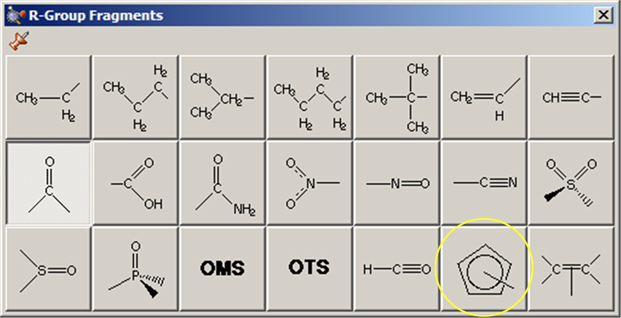


Changes can be isolated to the desired atom, group or fragment as required.
#Gaussview 6 point group symmetry generator
If G ≠ H then H has two cosets in G (since SO(2) has two cosets in O(2)) and the reflections form a coset rH and it is easy to verify that if h is a generator of H then rhr = h -1. All the others must be multiples of this one (otherwise one could combine them to get a rotation whose magnitude was their hcf) and so we have H ≅ C n. H = G ∩ SO(2) contains only rotations and hence contains a smallest (non-zero) rotation. Take this point as the origin and then G ⊆ O(2). Hence there is a point of R 2 left fixed by all the elements of G. It can only contain reflections in lines through a common point (Otherwise one could combine two of them to get a rotation about one of the meeting points and a reflection through a different point). If it contains a rotation about a point a, it cannot contain a reflection in any line not through a (See Exercises 3 Question 2). It cannot contain rotations about two distinct points otherwise (See Exercises 3 Question 6) it would contain a translation. Then G cannot contain a translation or glide reflection since these elements have infinite orders.

The above examples C n and D n for some positive integer n are the only finite subgroups of I( R 2). Note that for each point p of R 2 there is a subgroup in I( R 2) isomorphic to C n and many subgroups isomorphic to D n (corresponding to the different directions that one could choose for the mirrors through p).

Note that as a group this is a cycle group of order 2 but that it is not the same subgroup as any of the subgroups C 2 of (1) above which are generated by rotations. The group D 1 is the group consisting of the identity and reflection in a line: It is sometimes written V and is isomorphic to C 2× C 2. The group D 2 is the symmetry group of a "regular 2-gon" and consists of the identity, rotation by π and reflections in two perpendicular lines. The group D 3 ≅ S 3 (the symmetric group on three symbols). One may show that in terms of generators and relations, D n=. The group D 4 consists of four rotations by multiples of π/2 and four reflections - two through lines joining vertices and two through lines joining mid-points of sides. The group D 3 consists of rotations by 0, 2π/3 and 4π/3 and three reflections. The Dihedral group D n is the group of symmetries of a regular n-gon. Has symmetry group C 2, has symmetry group C 3, has symmetry group C 4, etc. Note that C n is the symmetry group of many figures in R 2. Rotation by 2 π/ n generates a subgroup isomorphic to C n the cyclic group of order n. The subgroup is then the symmetry group of the subset X. In particular we look for subsets X of S = R 2 which are mapped to themselves by all the elements of these subgroups. We now consider some interesting subgroups of I( R 2).įollowing the spirit of Klein's Erlangen program we look for properties preserved by these subgroups. Symmetry groups of plane figures Course MT3818 Topics in Geometry


 0 kommentar(er)
0 kommentar(er)
